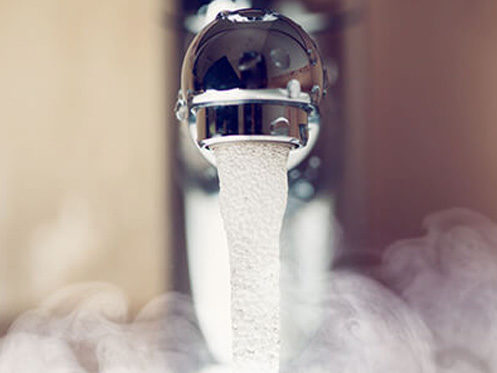Grandpa, dad, and I spent many days spearfishing carp in the Platte River. Dad speared through the deeper fishing holes. Grandpa and I walked the shallow waters looking for fish swimming away. It was common to see carp swimming through shallow water between deeper holes.
In a few hours, we had plenty of fish to take home and clean. Our freezers were well stocked. We ate what we caught.
Carp cooked properly is a delicacy. Our family liked fish so much that we frequented carp fish fries on Friday nights at bars in nearby small towns like David City, Bee, Ulysses, Dwight, and others.
Those fish fries were popular for social gatherings. Parents often sat for hours and visited while listening to polka music. Kids ran around outside without the safety concerns we have today. Our only orders were to “stay out of trouble and don’t get hurt.” Those were great small-town memories.
Carp were plentiful 50 years ago. One carp can produce up to 800 eggs. Survival was more common. Not today. There was also more wildlife like toads, June bugs, jackrabbits, etc. Will my 15 grandkids know what a tadpole was, or will I have to show them a picture?
Why was there more wildlife years ago? What’s changed? According to the Guardian, the Earth has lost half of its wildlife in the past 40 years. The fastest decline has been in freshwater ecosystems where numbers have plummeted by 75% since 1970. Increased pollution is a major cause of wildlife decline.
Last summer I was working on our river deck that sits on the bank of the Platte River by our cabin. It was a beautiful summer day. Then a helicopter buzzed the sandbar approximately 50 yards away. It turned around and during the next pass over the sandbar, it dropped a load of chemical spray on the weeds. Before I could escape to our cabin, I felt the drifting mist of chemicals. The odor was strong.
The helicopter continued to drop loads of chemicals until the sandbar was fully sprayed. It then moved on to other sandbars. A week later all vegetation on the nearby sandbars was dead. Wildlife avoided those sandbars.
That sandbar near our cabin provided interesting entertainment for me. I watched it form over time. It was a haven for nesting geese and a secure place at night throughout the summer. Wild birds also frequented that sandbar; including up to nine bald eagles occasionally.
Considerable wildlife decline has occurred during my lifetime and it’s irresponsible not to point out and question obvious concerns. For instance, what government agency thinks it’s OK to use taxpayer’s money to dump chemicals directly on Platte River sandbars, which is a Federal body of water? The irony is we rely on Federal agencies to protect us; not allow the dumping of chemicals on our drinking water.
Odds are we will be led to believe those chemicals and others are “safe.” Chemicals are big business with lobbyists and attorneys supporting them in the background. The Lincoln Journal Star article Monsanto stays on defense on Sunday, April 1st was a good example of chemical company legal battles taking place as chemicals like dicamba affects nearby vegetation. Roundup is included in that legal docket. This class-action lawsuit was filed by affected farmers; not the Environmental Protection Agency?
All chemicals damage the quality of our drinking water; especially the runoff of strong chemicals from fields, lawns, and other large areas. What will be the tipping point? Will it be when wildlife is only in zoos? Will it be when pollution-related cancer death counts in humans reach a limit that can’t be ignored?
Few fully understand the Platte River. The Platte River is not just a body of water. It constantly changes every minute as the water levels rise and fall. There will be new sandbars formed where the river needs them. Ice jams and high-water levels will also remove sandbars. Rivers are the “barometer of life” and currently we are losing the battle.
Hopefully, your drinking water source is not plastic bottles of water that contain Bisphenol A, an endocrine disrupter? After research, the only solution I found, for now, that makes sense is a Reverse Osmosis water filter system that filters out harmful contaminants such as pesticides, herbicides, bacteria, arsenic, lead, and chromium, nitrates, and more than 20 other recognized hazardous pollutants.
What’s between that river and the water that touches your lips?

